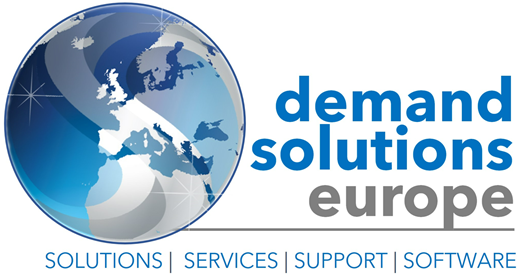
Inventory Control
Fix The Forecast, Fix The Business
According to the Microsoft Midsize Business Centre, inventory is among the most significant sources of revenue for a business – a notion which is seconded by many in the manufacturing sector.
So why then, do so many businesses still hold a poor inventory position?
Poor inventory position for many is not just a short-term issue, due to crisis or spike in demand, it is in fact a continual state of error which will have an ongoing negative impact on cost effective purchasing and customer fulfilment.
Spending capital on components or materials you believe you need, because your poor inventory position indicates there’s none in stock, is money down the drain. Likewise, panic buying parts because you are unable to fulfil an order is again, bad planning – bad inventory control.
So, what’s the answer?
Business forecasting for better inventory control
Thanks to the digitisation of business forecasting it is now easier than ever before to mitigate the negative effect of your poor inventory position.
Forecasting should be strategic. It should draw on a variety of information sources to forward plan business activities, projected sales, anticipated orders and much more. But for many, simply taking last years results and adding a fixed percentage remains the only method of forecasting. This haphazard ‘consensus forecasting’ approach is costing you money.
Using a variety of algorithms based on previous annual sales patterns, marketing trends and seasonality, among other variables, automating your business forecasting takes the guess work out of setting turnover or sales objectives. Instead, it forecasts what needs to be purchased or manufactured, preparing your business well in advance for peaks and troughs in activity. This level of planning has a wealth of benefits, including:
- Being able to freeze your manufacturing plan and enjoy lean efficiencies on the factory floor without any unexpected changes
- Understanding anticipated peaks and troughs in activity so that you can better plan annual leave, planned machine maintenance and other essential works
- Reducing costs associated with panic buying products to meet sudden orders you can’t fulfil, such as buying in competitor products or paying for the speed of air freight
- Better logistical planning for lean movement and shipment of goods, with fewer last-minute changes which can equate to considerable monetary savings
- More efficient forecast and progress meetings which save time and promote proactivity across the breadth of your teams
Case in point: Bottle top manufacturing
It’s important to remember that often, a business will assume that the issue lies in manufacturing, or with purchasing, and that changes need to be made to specific processes within those business silos in order to rectify the supply and demand, or financial difficulties they have identified. In our experience, this is rarely the case. And in fact, the issue lies in forecasting – or lack of it.
One case in point was a manufacturer, producing bottle tops for many leading drinks suppliers. The factory was comfortably producing its target of 30 million bottle tops a week, yet orders were left unfulfilled and their stock inventory was on the rise.
They believed the problem lay with manufacturing, assuming that more needed to be produced, but upon further investigation discovered that the factory was running at around 97% efficiency.
In fact, the true issue was lack of forecasting. The 30 million bottle tops they produced one week may all be white, in accordance with the frozen manufacturing plan. But with no automated business forecasting in place, they had no efficient way of knowing that the incoming orders were for red and green bottle tops, of which they had very few in stock.
Investing in automated business forecasting software meant they were able to strategically draw up and freeze a manufacturing plan which was fit-for-purpose, meeting the right demand, at the right time. With the factory producing the right colour and quantity of bottle tops, their inventory position improved, and orders were fulfilled.
Is it time you considered fixing your forecast? For more information on cloud-based supply chain management and demand planning software from Demand Solutions Europe, click here. Or why not connect with our sales and marketing director, Alex Young on LinkedIn?



3 Comments
[…] Inventory Control22/03/2019 […]
[…] not hitherto considered. By separating that product out, they were able to increase their forecast accuracy for the product by over […]
[…] your attention? Imagine that. Not having to continually, manually monitor your entire stock inventory for looming expiry dates. Instead, you can simply take action when you receive an […]
Comments are closed.